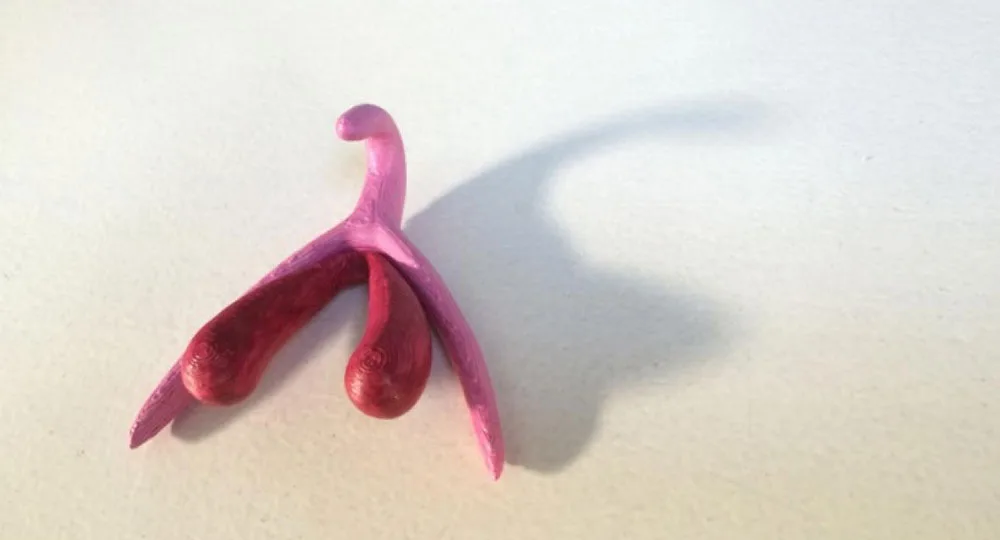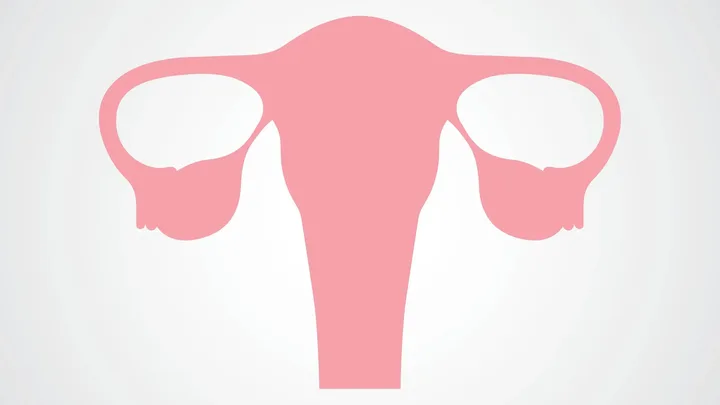An image of a uterus is doing the rounds on the internet and making women everywhere second guess what is truly inside them.
The image hails from Cat Bohannon’s 2023 book Eve, which examines the way women’s bodies have been overlooked and under researched in the scientific and medical disciplines for generations.
In the photo, two diagrams of a uterus are placed next to each other: the common uterus cross section many women are shown in sex education and a whole uterus nestled within its cavity.
It’s the latter image that has women on the internet completely shocked about how their body part truly looks.
“Why did it take so long for me to see what it actually looks like inside,” one user posted on Instagram.
“I cannot believe they yassified her,” another commented on Twitter, using the slang ‘yassified’, which means to beautify or ‘glow up’ something.
Essentially, we’ve been shown a cookie cutter view of the uterus without being given the full picture.
It’s not really all that surprising given how little research is completed on women’s bodies comparatively to men’s.
The clitoris – a very important bundle of nerves – wasn’t fully explored until Australian urologist Dr Helen O’Connell released a paper on it in 1998, later mapping it via MRI in 2005.
There has been a persistent silence around the clitoris in medical textbooks, likely because the clitoris’ only job is to provide female pleasure.

O’Connell’s team even ran a literature review to locate the few texts that did discuss it, and they found just 11 articles had been published on the anatomy of the clitoris since 1947. A damning statistic indeed.
She is also the leading researcher who discovered that there is no physical ‘G-Spot’, as such, hypothesizing that the internal G-Spot orgasm is simply stroking a section of the clitoral network (just a different part). This is something we wouldn’t know without having mapped this part of our anatomy.
The crux of the issue is dissected in Eve: why does our medical practice continue to overlook women? But even further, that we cannot properly understand women’s bodies unless scientists faithfully translate them.
Knowledge is power, and with it also comes the ability to question and influence what happens to us in our lives.
In fact, a 2021 study found that 37 per cent of those surveyed mislabeled the clitoris and just 46 per cent correctly identified that women have three “holes” – the urethra, vagina and anus – that are all separate.
It’s safe to say that while sex education and physical health training has come a long way, there is still an equally long distance to go.

The pervasive ignorance toward the female body also breeds a kind of emotional disconnection between women and their bodies. One user wrote online after discovering the uterus diagram, “omg i feel ashamed that i didn’t know this.”
We shouldn’t feel ashamed to look at this photo of a uterus and not recognise ourselves in it. How is one to know something they’re not taught? How is someone to ask the right questions if the knowledge base of answers is so sparse? To investigate the right problems?
As a result, many women’s health related issues remain vastly underdiagnosed. According to the World Health Organisation, up to 70 per cent of polycystic ovarian syndrome cases are undiagnosed. While Jean Hailes reports that it takes, on average, seven years to get a diagnosis of endometriosis.
Understanding that women’s issues are under researched and not prioritized is not just about counting how many literary works female anatomy gets a mentioned in. It’s about the real-world consequences that occur when women’s bodies, pain and diseases are not taken seriously.
And it’s wild that we don’t focus more on uteruses, because every single person in this universe has been born from one.



